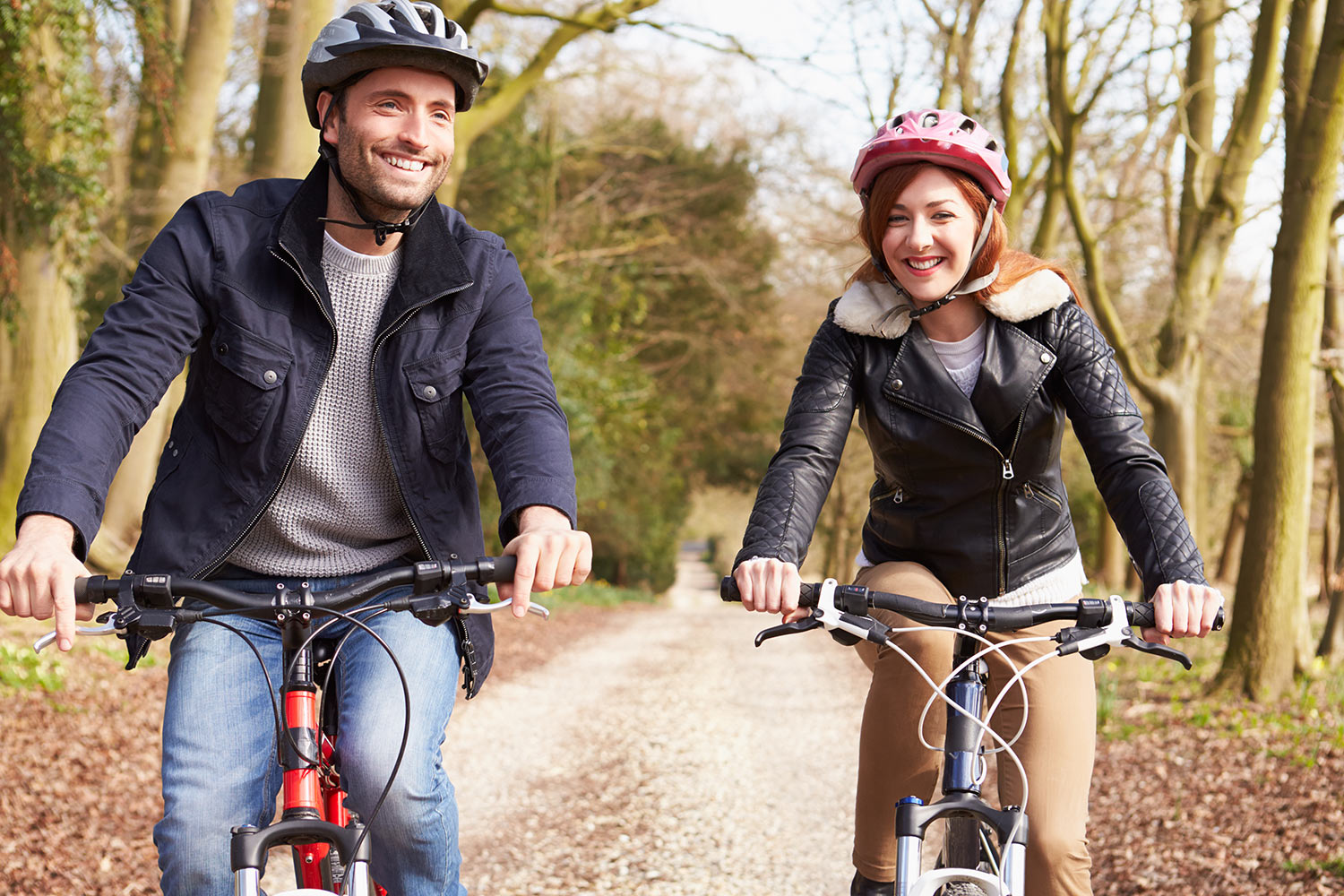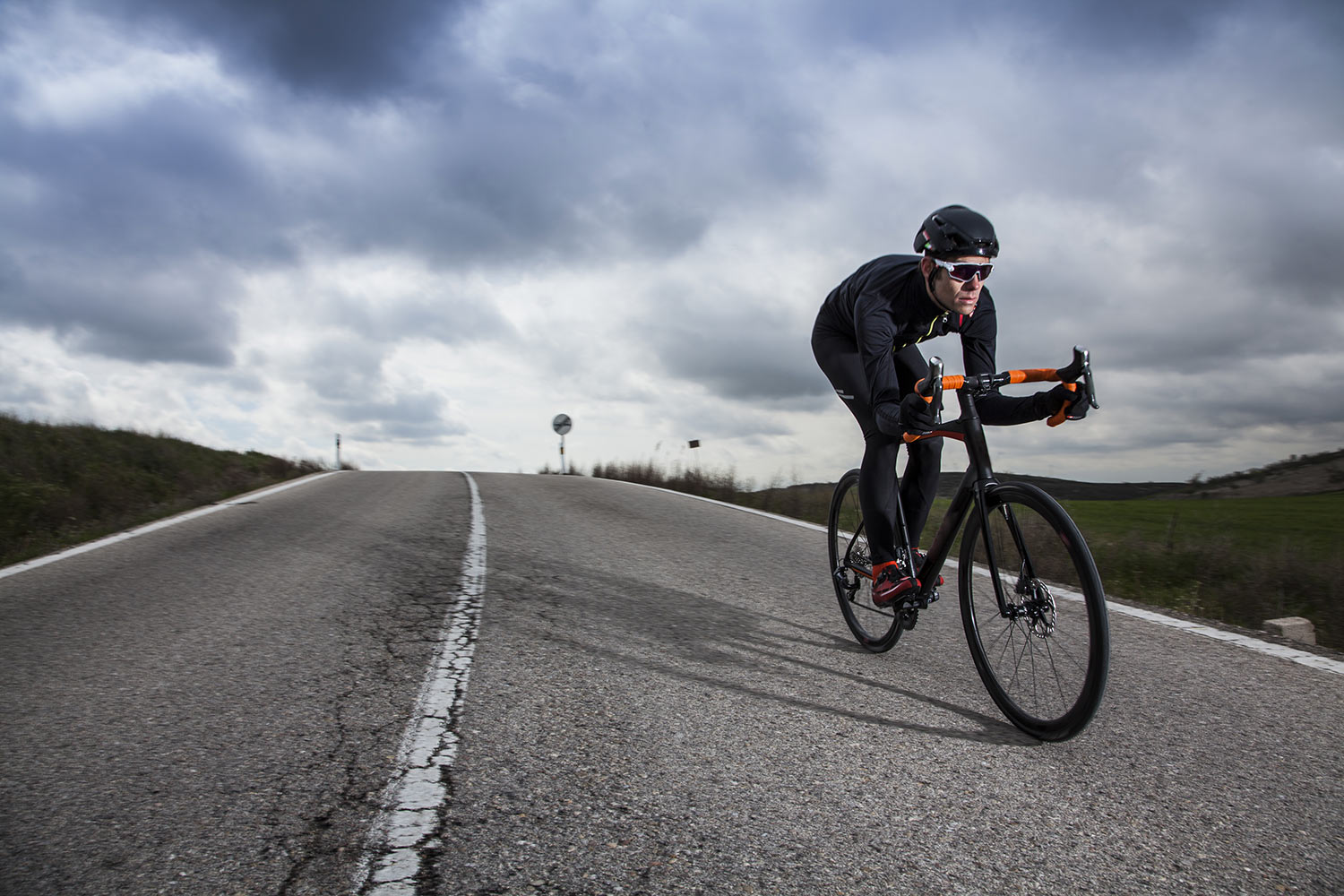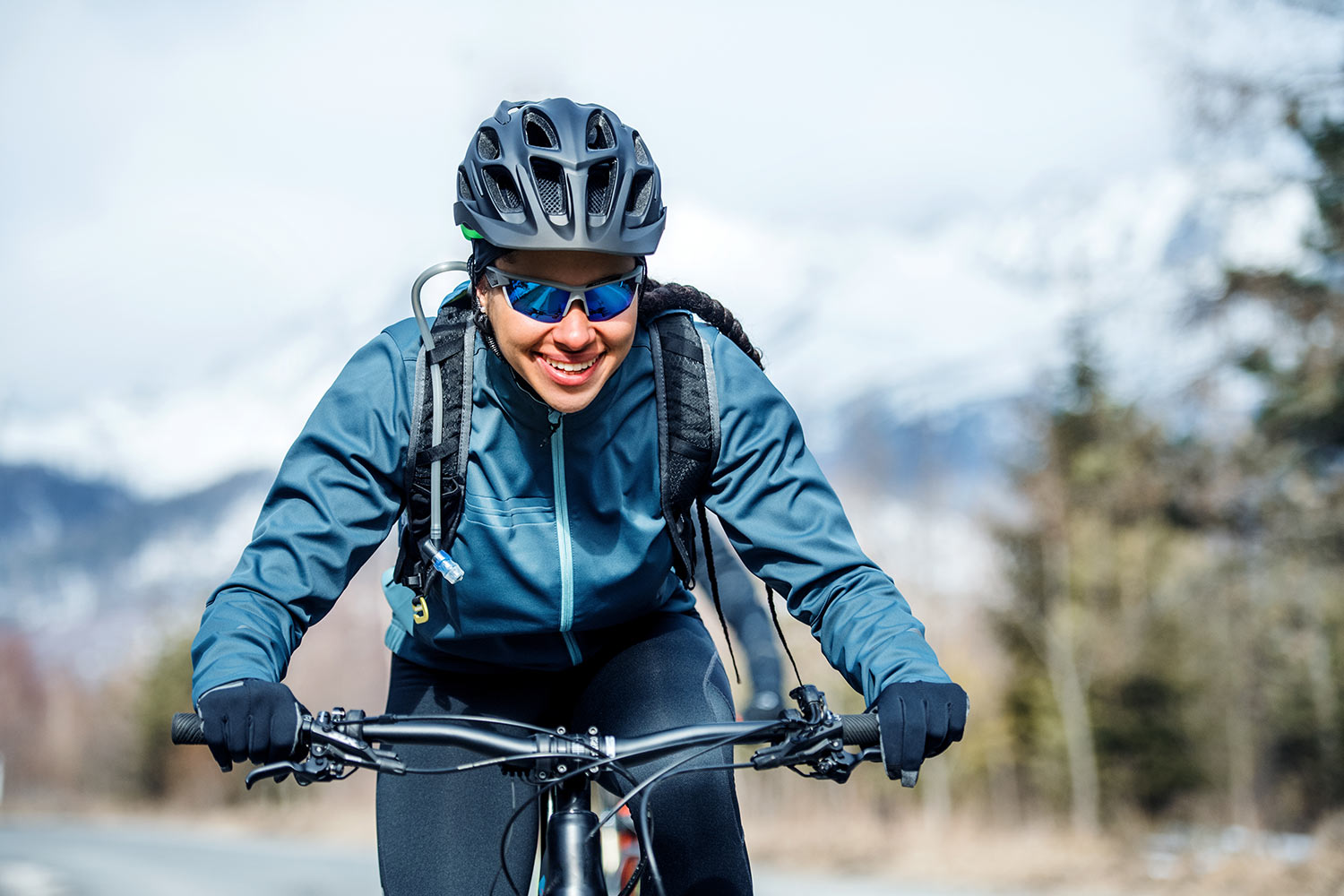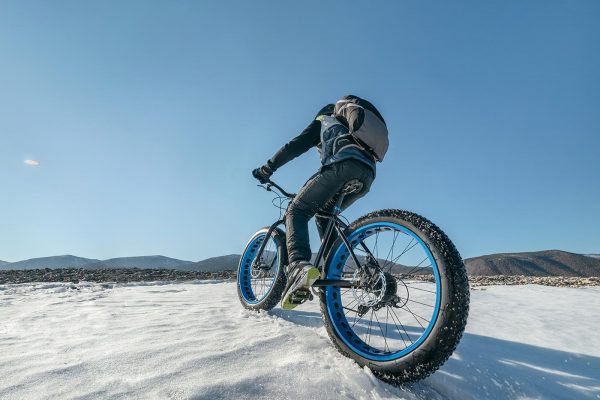6 tips to do active recovery cycling in winter
How do you create a winter plan that will see you arrive in spring fit for bike rides? Here are six steps to crack your winter training.
Goal setting
Before you even think about training again you need to know what you are going to be training for. This really helps focus the mind and provide a goal on which to base your training.
Start by identifying you main goal events for next season, make a note of when they are and what they involve. The important thing is to have a fixed idea of what you want to achieve next season.
The second step is to assess last season. What went well? What went badly? What mistakes did you make? The idea here is to identify what works well for you as an athlete and ensure you don’t repeat past mistakes.
The third step is to identify limiting factors on your performance.
Progression
Calculate how many weeks you have to get your from now to until your goal event. The ideal training program includes a steady progression in training load (the amount of training you are doing – a combination of both intensity and duration of rides) between now and your goal.
A steady progression ensures that everything is always moving in the right direction but you are also never going to become too tired. When planning, keep your goals in mind and keep in mind the areas you need to work on.
There are three main ways you can build progression into your training plan: volume, intensity and frequency – or, in other words, you can train for longer, train harder or train more often. Increasing any one of these elements will ensure you are training harder.
Try to balance these elements to ensure a steady progression.
Don’t forget that as you become fitter you will be able to handle more training with less recovery. Therefore, you might only need a recovery week every three weeks instead of every two weeks, or one rest day a week might suffice instead of your usual two.
Base miles vs. intensity
This is the age-old question of winter training. The old school approach is to get in as many steady hours (base training) on the bike as possible. This is all fine and well if you are a pro cyclist with nothing else to do every day other than ride your bike.
However, for most of us we have to balance work, family, social life and our training, not to mention the short days and weather that come with winter. Chances are you have a limited amount of time to train each week and, therefore, in order to speed up your training you are going to need to increase the intensity or frequency of your sessions.
That isn’t to say that long hours on the bike aren’t important but if you want to make the most of those one-hour mid-week sessions or your ride to work then you are going to have to gradually increase the intensity over time to ensure your training is progressing.
Do your longer rides over the weekend and then during the week, when time is more limited, concentrate on more specific and intense sessions.
Off the bike
What can I do off the bike to improve my performance on the bike?
Gym work can be very beneficial for cyclists, however, there are a few pitfalls: should complement your training on the bike, not affect it. The key here is to introduce gym work very slowly and progress the training load in the same way as you are progressing your training load on the bike.
If you are going to include gym work then focus on lower body workouts. Do 3-5 sets of 5-8 reps on each muscle group (calves, hamstrings, quads, and gluteus). Start off very gently and gradually increase the number of sets and the weight as you get stronger. Remember the golden rule – if it’s affecting your training on the bike then you are doing too much.
Approaching Spring
As you approach Spring, the weather will improve (and there’s more and more daylight available to train. This is the time to really up your training and get ready for the first events of the year – but to do this you still need to be fresh both mentally and physically. The trick is in striking a balance so you’re not doing too much over winter.
During your winter training you should have been working on individual aspects of fitness: endurance, strength, cadence etc. You should also have been working on the areas you identified as weaknesses. The run-up to the season is where you start putting all these elements together and when your form comes together as a result.
As you approach, your first event of the year, your training needs to become more event-specific. For example, if you’re a criterium rider, as you get close to the season you need to include more sprint work and short intervals into your training. However, if you are targeting hilly sportive then you want to increase the amount of climbing and the intensity of your climbing efforts.
Again, the key is specificity. Specify your training to your goals and put all the pieces together that you have been working on during the winter and you should be in a great place to attack your first event of the season.
Some final tips
Finally, some final tips.
Listen to your body. If you’re not feeling 100 per cent then it could be that you are coming down with something. Learn to identify the signs that a cold is on its way and if you feel these coming on then cut back your training load for a few days. Hopefully this will be enough to stop you becoming ill. If, however, you do come down with something then don’t stress about missed training. The winter is long and there is plenty of time to make up what you have missed.
Again, the key is to be flexible. If you’ve missed this week due to illness then change the plan around and treat this as a recovery week. Don’t, however, jump straight back into full training as soon as you feel ok. Give yourself a couple more days than you feel you need and ensure you are 100 per cent before returning to full training, rather than coming back too soon and relapsing.
It’s a good idea to get your bike position checked early on in your training plan. This means that you reduce the risk of injury while also improving efficiency and power on the bike, plus over winter it gives you time to adapt to your new position, rather than having to go through that process when your focusing on an upcoming event. A good bike fitter will also be able to identify any imbalances that you can then address in your training.
A good coach can not only guide you through your winter training but can also help motivate you, as well as holding you back from doing too much when needed. Having someone else set, analyze and give feedback on your training should ensure your training is progressive and targeted to work on your weaknesses, as well helping you to get around any potential problems should they occur.






